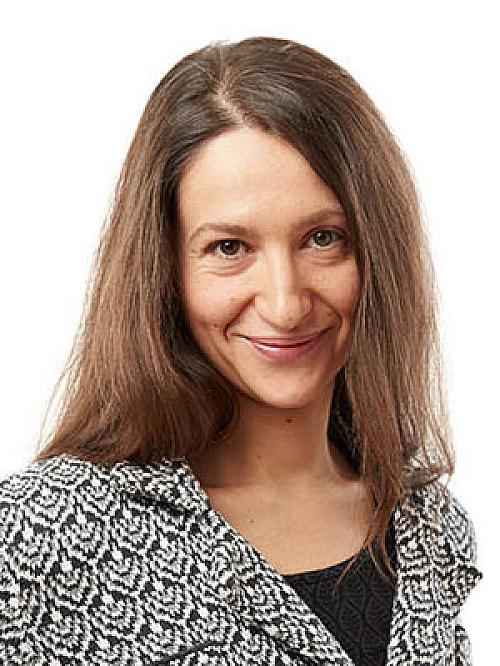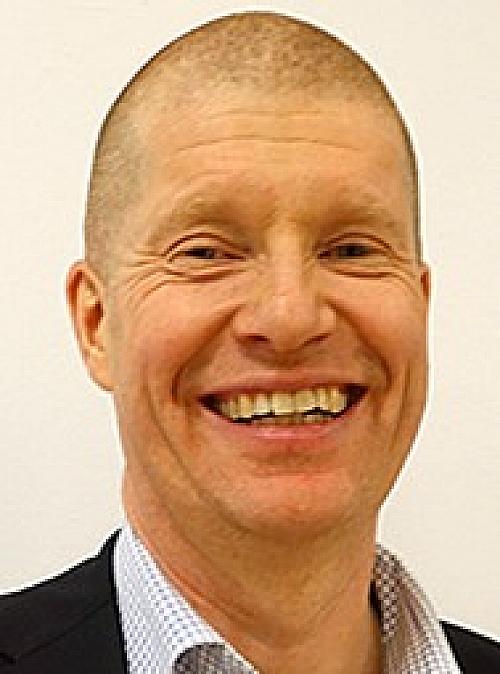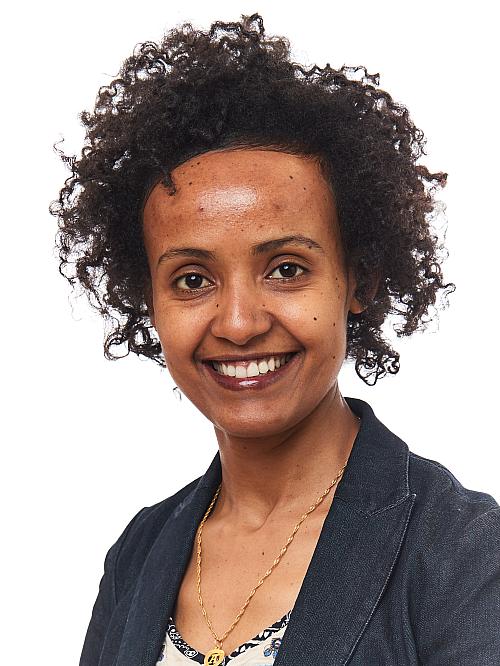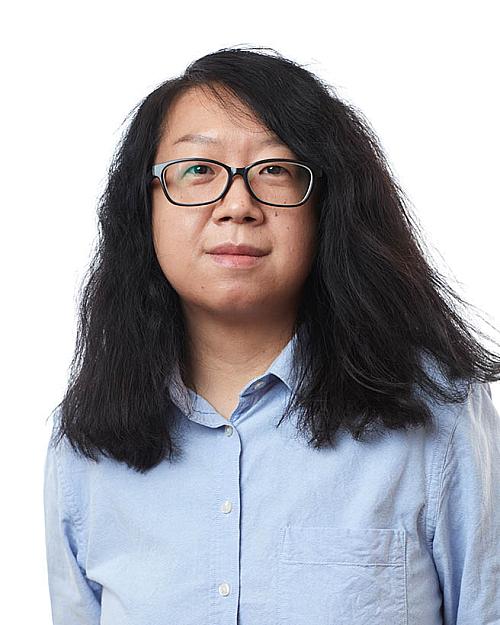
Researchers at the School of Engineering (JTH) at Jönköping University (JU), have found a way to streamline information transfer between manufacturers and their customers. Genre photo: Unsplash
More efficient information transfer in the construction industry
Lighting plays a significant role as the construction industry plans for future sustainable, healthy and energy-efficient buildings. Researchers at the School of Engineering (JTH) at Jönköping University (JU), have found a way to streamline information transfer between manufacturers and their customers.
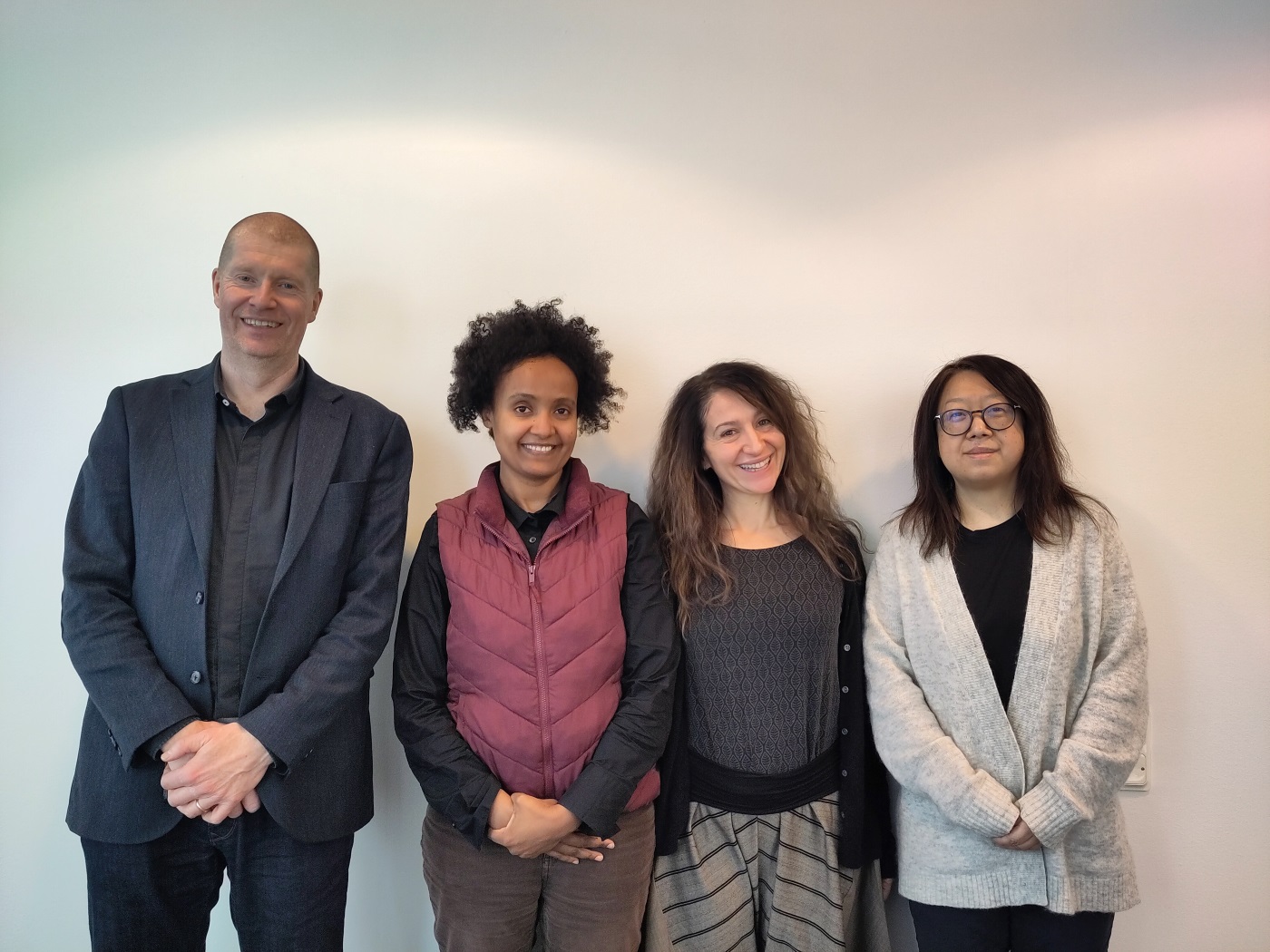
The research team behind MAP4Light and ProFlow: Research leader Peter Johansson, Doctoral student Rahel Kabede, project manager Annika Moscati and Assistant Professor He Tan.
A construction project is complex and consists of numerous components from the manufacturing industry. These components’ characteristics and functions often directly depend on each other to create the human, environmental and economic values that a sustainable construction project requires.
Despite the manufacturing industry presenting its product data digitally, there is a lack of a universal system. Manufacturers strive to meet stakeholders’ information needs, but each manufacturer has solved it in their own way. Those planning a project simply find it challenging to compare different products and synchronize them in the chain.
Advanced software
Lighting is a crucial aspect of a building’s indoor climate, greatly influencing energy efficiency and people’s health. Lighting is also closely linked to several other functions of the building, such as daylight entry through windows, as well as temperature and fresh air through heating systems and ventilation.
Now, researchers at JTH have found a way to streamline information transfer between manufacturers and their customers. This is within the research project MAP4Light, where lighting company Fagerhult and window manufacturer Elitfönster participated, providing case studies. The researchers collected information about the manufacturers’ product data and how they currently offer this data based on the assumed needs of the market.
"Create a sustainable lighting enviroment"
”Based on this information, we conducted an evaluation of the data and built a software prototype. With the prototype, we demonstrate how the product data needed by lighting designers can be automatically retrieved from manufacturers. This is to create a sustainable lighting environment in relation to the rest of the construction project,” explains Peter Johansson at JTH, who leads the research project.
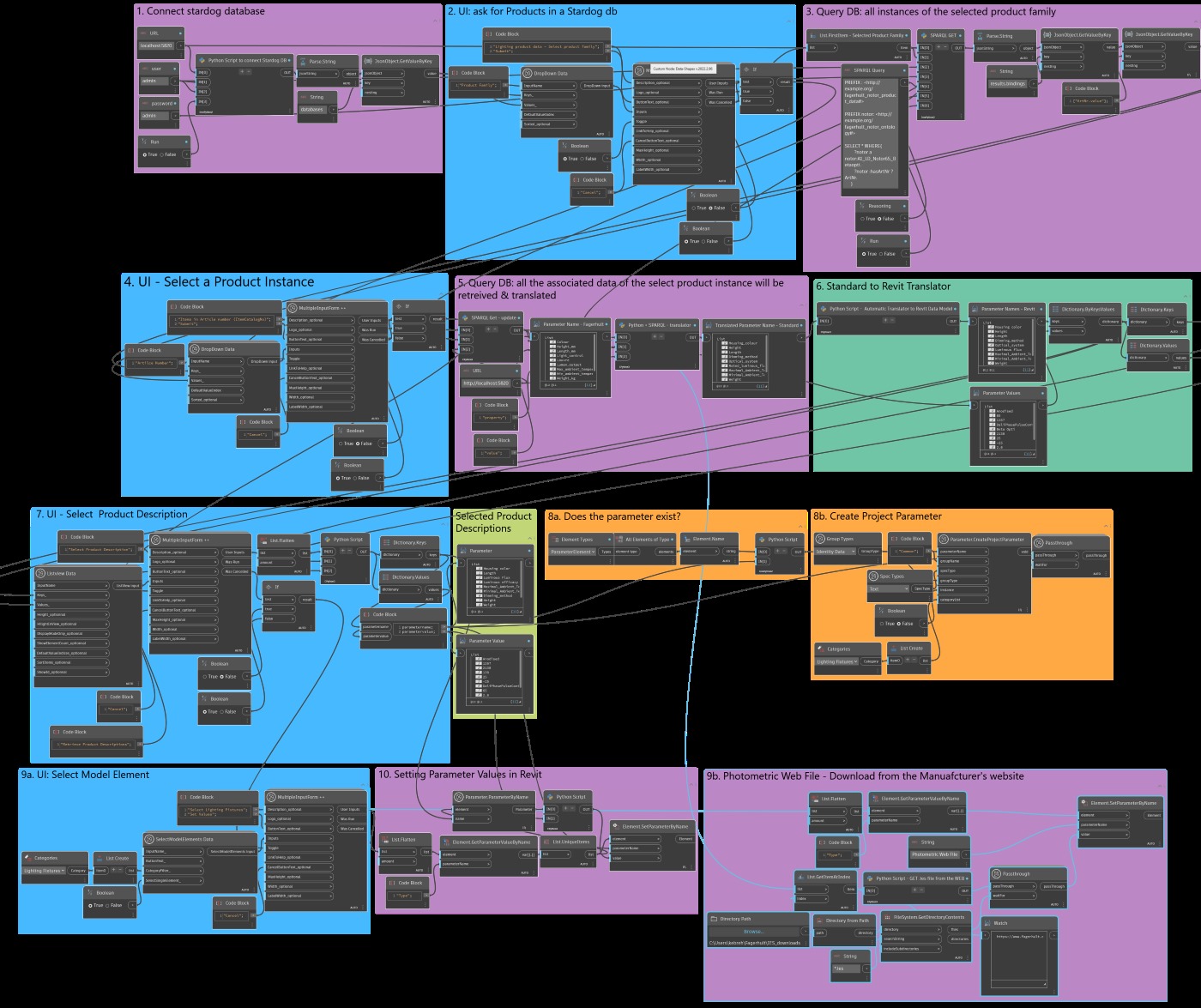
Within the research project MAP4Light researchers at JTH have found a way to streamline information transfer between manufacturers and their customers.
In its developed form, the software can be deployed online to automatically retrieve the information required by lighting designers. Those planning the lighting no longer need to input separate information from different manufacturers, making it easier to compare different options and thus achieve a more sustainable lighting solution.
"Has made significant progress"
While Fagerhult has made significant progress in the process through its own initiatives, the company also saw the research project at the School of Engineering as a way to work visionary. The company is currently heavily investing in digital development of product data and sees the project as part of the preparations for the EU Commission's legal requirements for digital product passports that will come into force in a few years.
"Better prepared for the change"
”With the research results at hand, we are better prepared for the change. We can add relevant data and also offer our customers added value in a way that benefits everyone in the entire chain,” says Klas Rejgård, product data specialist at Fagerhult.
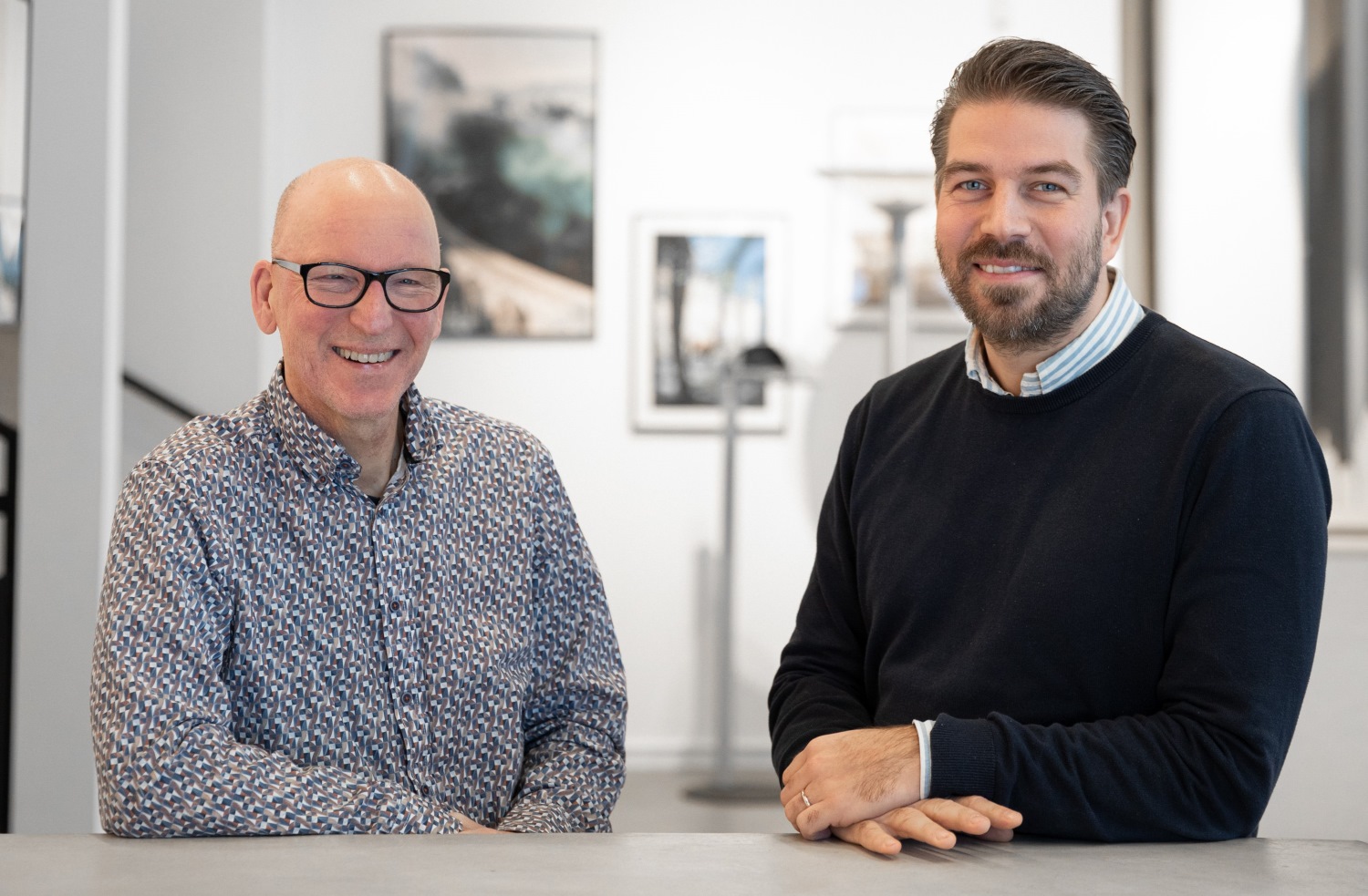
Fagerhult has been an important collaboration partner in the MAP4Light research project. Klas Rejgård is a specialist in product data and lighting standards and Tobias Andersson is responsible for Product Data Management. Photo: Fagerhult, Dennis Boij.
Regional integration
In addition to mapping existing information flows and needs, the project researchers have also developed advanced digital tools that can contribute to better and more sustainable lighting environments.
”JTH is currently among the leaders in building information modeling. We also have strong regional ties that allow us to engage with companies in the manufacturing industry. Many of them are active in construction, building components and lighting. Now, we hope that this can be implemented in the construction industry and contribute to more sustainable lighting environments for both people and climate”, says Annika Moscati, project manager and ICT-BIM lecturer at the Department of Building Technology and Lighting Science at JTH.
- Associate Professor ICT-BIM in building
- School of Engineering
- annika.moscati@ju.se
- +46 36-10 1565
- Senior Lecturer Building Projects
- School of Engineering
- peter.johansson@ju.se
- +46 36-10 1563
- Postdoc ICT-BIM in building
- School of Engineering
- rahel.kebede@ju.se
- +46 36-10 1027
- Assistant Professor Computer Science
- School of Engineering
- he.tan@ju.se
- +46 36-10 1911



